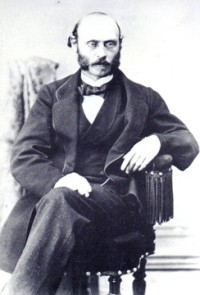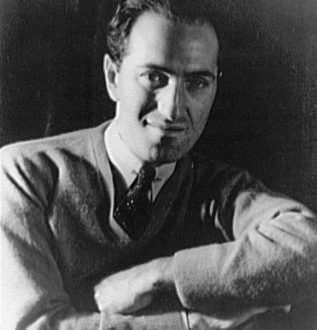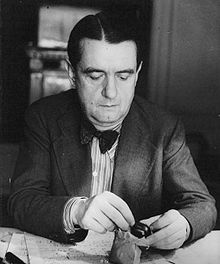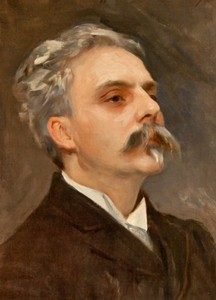
Ludwig Minkus |
Ludwig Minkus

Czech by nationality (according to other sources – Pole). He received his musical education in Vienna. As a composer, he made his debut in Paris in 1864 with the ballet Paquita (together with E. Deldevez, choreographer J. Mazilier).
Minkus’ creative activity took place mainly in Russia. In 1853-55 bandmaster of the serf orchestra of Prince N. B. Yusupov in St. Petersburg, in 1861-72 soloist of the orchestra of the Bolshoi Theater in Moscow. In 1866-72 he taught at the Moscow Conservatory. In 1872-85 he was a composer of ballet music at the Directorate of Imperial Theaters in St. Petersburg.
In 1869, the Bolshoi Theater in Moscow hosted the premiere of Minkus’ ballet Don Quixote, written and choreographed by M. I. Petipa (the 1871th act was additionally written for a performance in St. Petersburg in 5). Don Quixote remains in the repertoire of modern ballet theatre. In subsequent years, the creative collaboration between Minkus and Petipa continued (he wrote 16 ballets for Petipa).
The melodic, intelligible, rhythmically clear ballet music of Minkus, however, has not so much independent artistic as applied significance. It serves, as it were, as a musical illustration of the external drawing of a choreographic performance, without, in essence, revealing its internal dramaturgy. In the best ballets, the composer manages to go beyond external illustrativeness, to create expressive music (for example, in the ballet “Fiametta, or the Triumph of Love”).
Compositions: ballets – Fiametta, or the Triumph of Love (1864, Paris, ballet by C. Saint-Leon), La Bayadère (1877, St. Petersburg), Roxana, Beauty of Montenegro (1879, St. Petersburg), Daughter of the Snows (1879, ibid.), etc .; for skr. – Twelve studies (last ed. M., 1950).





